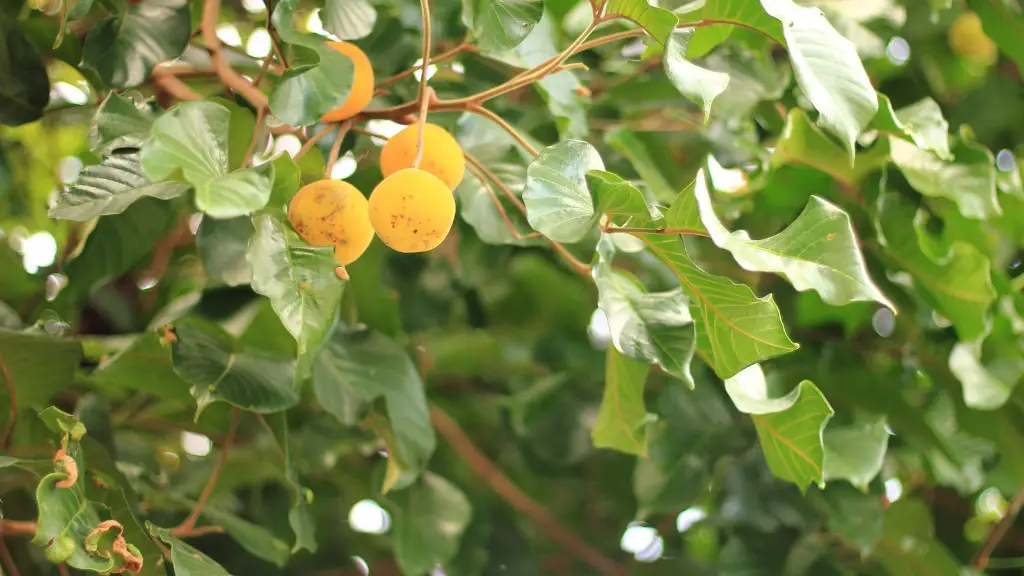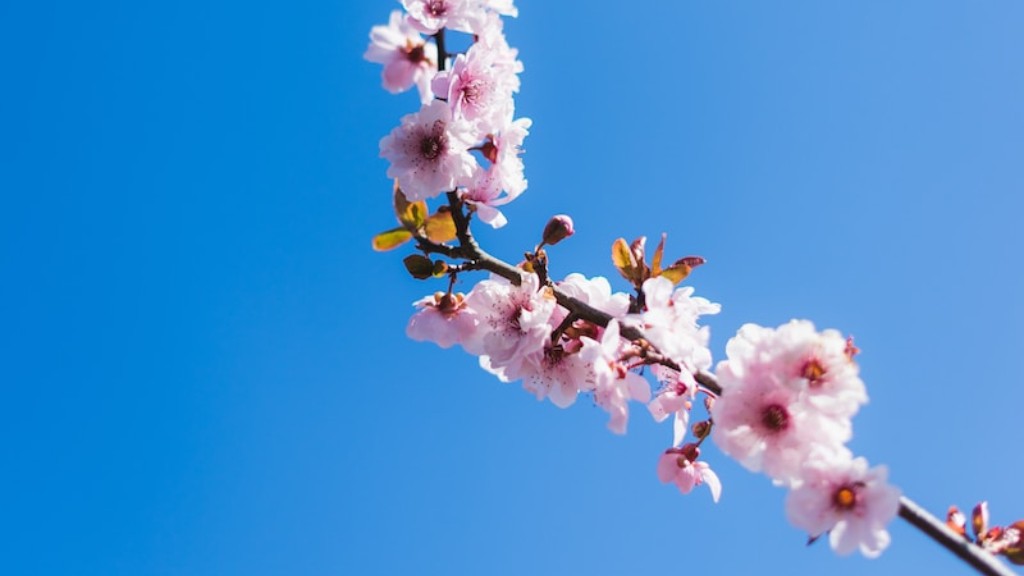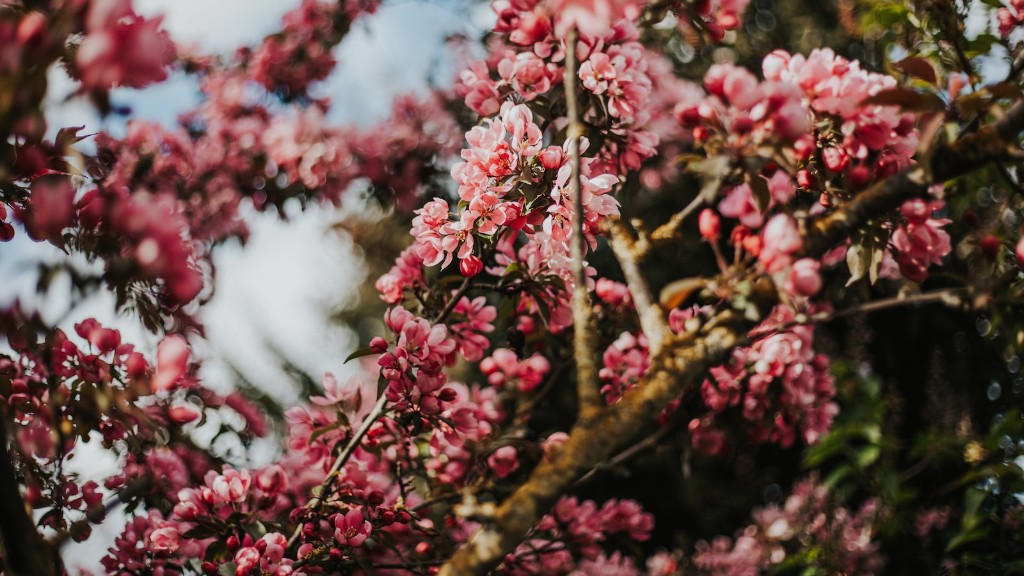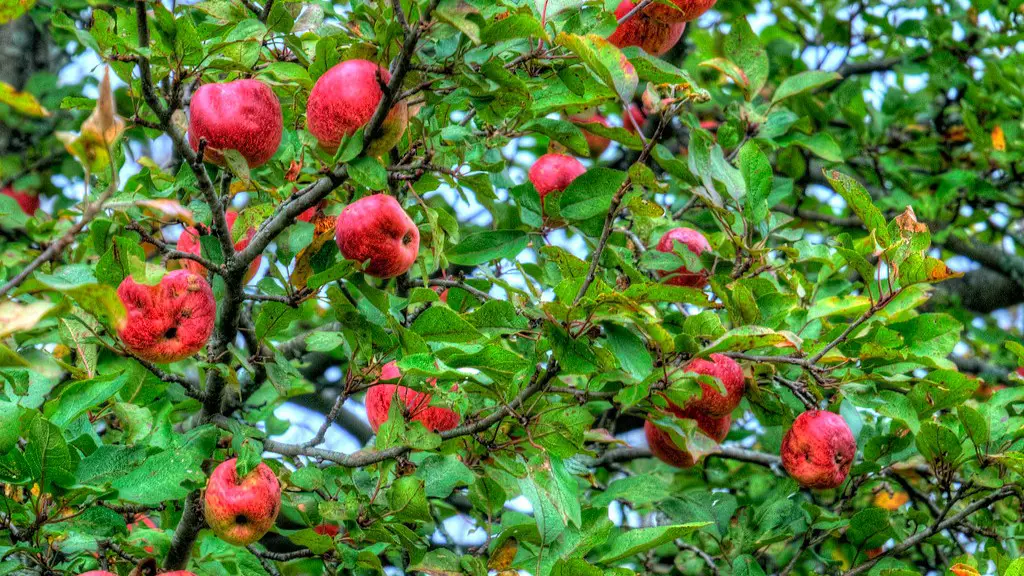Lemon trees bear delicious fruits with a plethora of uses, although growing them poses a challenge. Coaxing the tree to bear fruit requires patience and effort. Here are the essential steps needed to get a lemon tree to bear fruit.
First, pick the right type of lemon tree. There are a variety of lemon trees available, and each variety will determine what kind of fruits the tree will bear. Generally, standard lemon trees produce more fruit than smaller varieties. Moreover, dwarf trees thrive better in containers than other types.
Next, plant the tree in the right location. Lemon trees prefer to grow in full sun, so when planting, make sure it is in a spot where it will get at least six hours of direct sunlight. Lemon trees perform best in temperate climates, so take into account temperature when selecting a spot.
It is also important to water the tree properly. Water the tree deeply every other day during dry periods, and allow the soil to dry out between waterings. Keep the soil around the tree moist but not soggy.
Fertilize the tree with a regular schedule; this is essential for good growth, flowering and fruiting. Apply a fertilizer with a balanced nitrogen, phosphorous and potassium (NPK) ratio such as 8-8-8, at least once every two months during the growing season.
Finally, prune the tree regularly as this helps to stimulate growth, generate an improved shape and focus more of the tree’s energy into producing fruit. Prune the tree during the dormant season just before the flowers appear.
By following these steps, you can get your lemon tree to bear plenty of delicious fruits.
Fertilization
Fertilizing a lemon tree is essential for good growth, flowering and fruiting. An 8-8-8 fertilizer with equal parts of nitrogen, phosphorous and potassium is recommended. It should be applied at least once every two months during the growing season. Just spread the fertilizer on the soil around the tree and scratch it in lightly, always keeping it away from the trunk.
Adding compost to the soil is also beneficial. Compost improves the soil and helps the tree to absorb nutrients more effectively. You should be careful not to add too much compost as this can interfere with fertilizer effectiveness.
For established trees, top-dressing is also recommended. Apply a layer of compost to the soil surface every 6 months and work it into the top 2-4 inches of the soil. This helps the tree to retain moisture and has the added benefit of increasing organic matter.
It is also important to monitor the pH level of the soil. Lemon trees typically prefer slightly acidic soils with a pH of 6.0-6.5. If the soil is too alkaline, it can prevent the tree from taking up essential nutrients. The quickest way to lower the pH is to apply sulfur, which can be found at most garden stores.
Pest Control
Keeping pests away from your lemon tree is essential for healthy growth and production of fruit. Common pests that affect lemon trees are spider mites, aphids and scale. Using an organic insecticide can be effective in controlling these pests. Neem oil is a natural insect control that is often used on citrus trees.
A garlic-based insect repellent can also help to keep pests away. Make a solution by blending equal parts of garlic cloves, onion and jalapeno with a few drops of dish soap in 24 ounces of warm water. Strain the mixture, then transfer it to a spray bottle. Spray the solution on the leaves of the tree once a week to discourage pests.
If pests start to become a problem, manually removing them can be effective. Use a damp cloth to wipe off the affected area, or wash the affected branches with a strong jet of water to dislodge the pests. For more severe infestations, prune off the affected branches and dispose of them away from the tree.
Pollination
Pollinators, such as bees, are essential for lemon trees to bear fruit. If there are not enough pollinating insects in your area, you can help to facilitate pollination by hand. Simply use a small, soft-bristled brush and lightly brush along the centre of each flower.
Encouraging pollinators to visit your lemon tree can also be beneficial. Plant flowering plants in the area around the tree to attract bees, butterflies and other pollinating insects. You can also buy bee houses and hang them from branches or from a wall near the tree.
Another way to help with pollination is to plant other citrus trees nearby. Planting other citrus trees close together helps the trees to cross-pollinate, ensuring the highest fruit yield.
Pruning
Regular pruning of the lemon tree is important for encouraging healthy growth and production of fruits. Prune the tree in the spring or summer when the tree is dormant, just before the flowers appear. Determine which branches are necessary to remove and which can be left, keeping in mind that you want to keep the tree open to better circulation and light.
When pruning, always be sure to use clean and sharp tools. Prune off any dead, damaged or diseased branches and any that are crossing with other branches. If any suckers appear near the base of the tree, prune them off as well.
Finally, you’ll need to thin out the canopy. Removing some of the branches helps the tree to focus its energy on producing fruits instead of leaves. With pruning, less is usually more; prune lightly, removing just a few branches at a time.
Harvesting
Harvest lemons when they are ripe, usually when their skin has turned a yellowish-orange color. To check for ripeness, pluck a few lemons from the tree and cut them open; the flesh should be juicy and have a strong aroma. You can also taste the lemons; if they are sour, they should be ripe.
When picking lemons, be sure to use a sharp knife or scissors. Cut the stem just above the calyx, leaving some of the stem attached to the fruit. This helps to reduce bruising and keeps the lemons fresh for longer.
You can also pick lemons when they are still green. Unripe lemons have a stronger flavor and are often used for recipes or preserves. Just be sure to pick the lemons when they are still firm to the touch.
By following these steps, you can be sure to get the most out of your lemon tree. With patience and care, you can enjoy the fruits of your labor.




